So what the hell is going on in Elden Ring's story, anyway?
Making sense of all the major characters and story beats that happen as you make your way through the Lands Between.
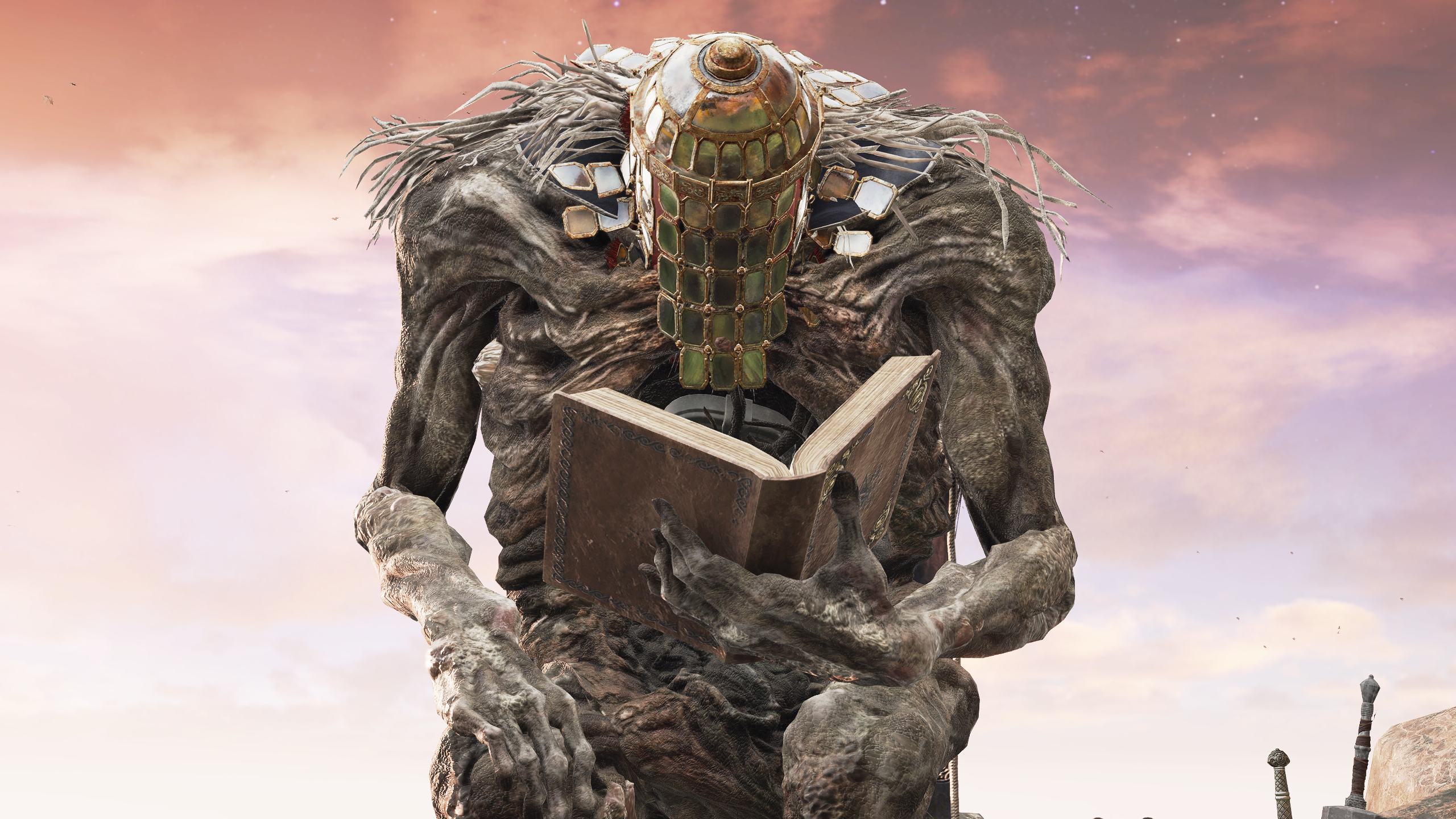
It's hard to know what's going on in Elden Ring even if you feel like you're paying attention to what's going on. Like a lot of FromSoftware's games, it doesn't go out of its way to explain its story unless you sift through item descriptions and exhaust every character's dialogue. The game demands you to be curious if you want to know more, and will give you almost nothing if you aren't.
Like with Dark Souls before it, Elden Ring's best starting point for the story and lore come from its intro cutscene. In it, you learn about a crucial point in the history of the Lands Between and the fallout that happened from it. From there, you can put together how those characters collide—sometimes literally—with your own character, the lowly Tarnished.
Elden Ring, at least at the outset, is a game about an incorporeal god giving its fleeting power to a bunch of weaklings so that one of them can hopefully restore everything back to the way it was, except the way it was doesn't seem all that great.
Spoilers for the game's major characters and concepts follow, but I've tried to keep most of this focused on the broad ideas to supplement your journey through the game. I've left out some wide-reaching theories based on late-game information for you to find out for yourself.
What is the Elden Ring?
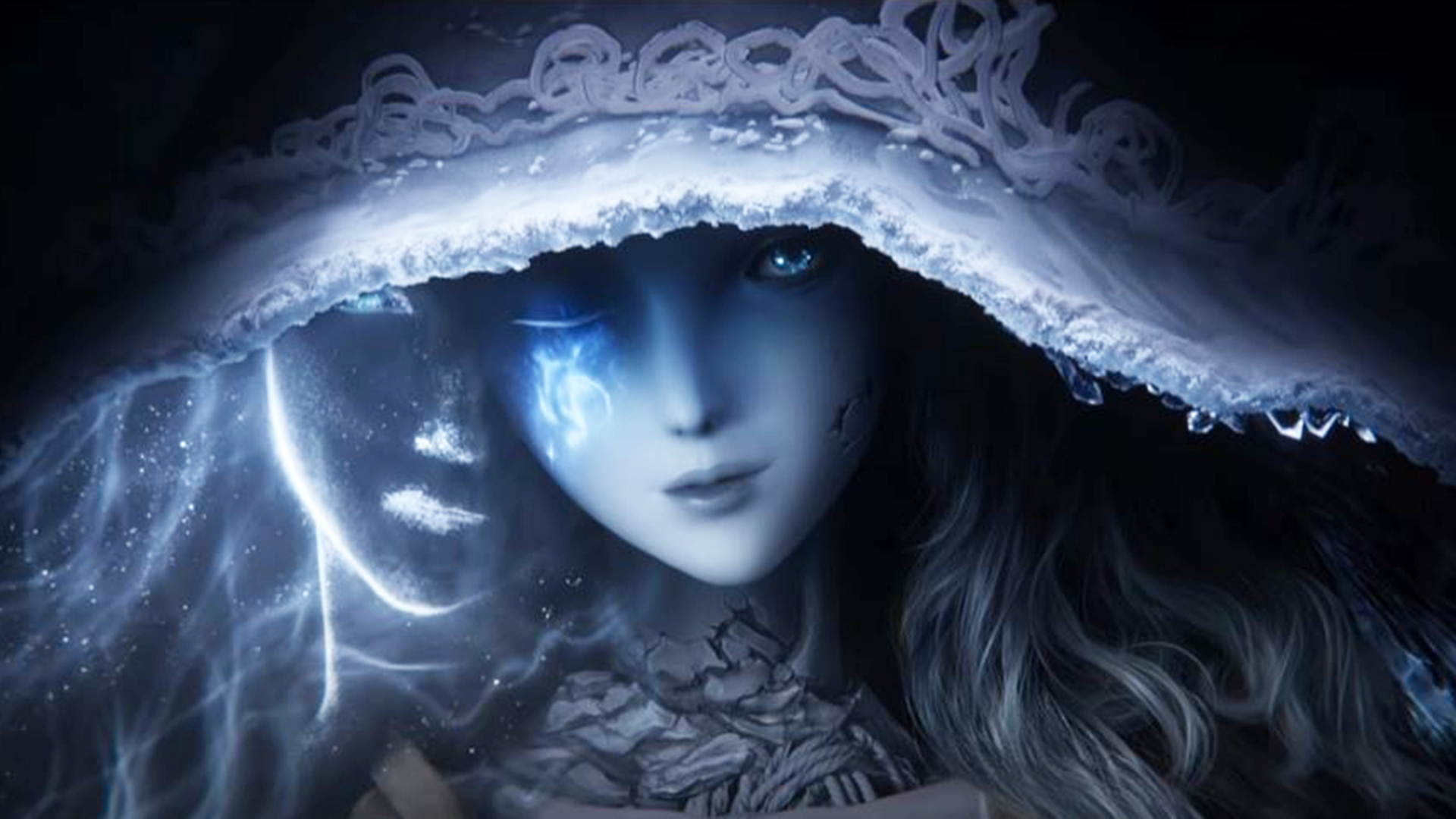
Elden Ring guide: Conquer the Lands Between
Elden Ring bosses: How to beat them
Elden Ring map fragments: Reveal the world
Elden Ring weapons: Arm yourself
Elden Ring armor: The best sets
Elden Ring Smithing Stone: Upgrade your gear
Elden Ring Ashes of War: Where to find them
Elden Ring classes: Which to choose
One thing you learn after spending a hundred or so hours poking at the story and lore is that the Lands Between is an unlucky place. There are several gods that would like a piece of the pie (for their own reasons) and their influence has rippled out into the entire cast of characters and enemies you meet on your journey.
The Elden Ring is directly connected to a god, specifically an "outer god" as the game calls them. This god, named the Greater Will, sent the Elden Ring (or something that would create it) down from the cosmos into the Lands Between. It seems to be the physical manifestation of the concept of order that governs the world. Each Great Rune that makes up the Elden Ring determines how different parts of existence work, like whether or not death plays out naturally or if people are immortal. Because it was shattered, you have to collect these Great Runes from each of the demigods in the game and eventually put them back into the Elden Ring at the end. What Great Runes you decide to place into it determine the sort of ending you get and what the future of the Lands Between looks like.
What is the Erdtree?
The Erdtree is also connected to the Greater Will and the Elden Ring. It's unclear why it's a tree other than that it resembles a world tree or life-giving tree in mythology and other fiction. The Erdtree is a physical symbol of the Greater Will for all the people that fully believe in its control over the world. The tree is also responsible for absorbing the souls of the dead and bringing them back to life in some form, which explains why you, the Tarnished, can repeatedly resurrect. When the Elden Ring was shattered, it damaged the Erdtree and for much of the game you can see how its influence waned via the dead leaves you pick up and the many dying husks strewn throughout the land.
The biggest gaming news, reviews and hardware deals
Keep up to date with the most important stories and the best deals, as picked by the PC Gamer team.
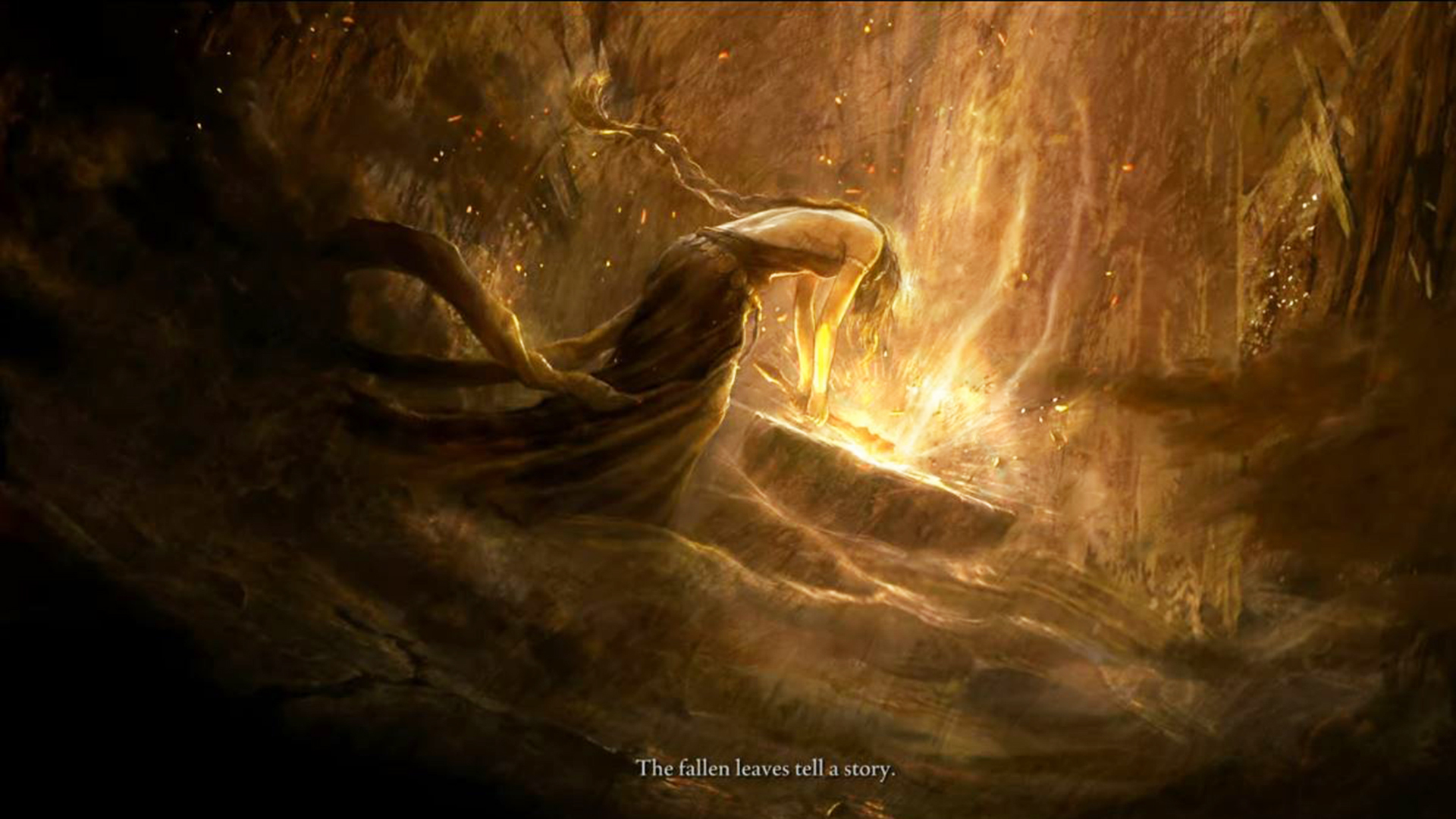
What are the Two Fingers?
The Two Fingers are representatives of the Greater Will—seeing a pattern here? The Greater Will has a lot of ways of communicating to the people and creatures of the Lands Between without actually setting foot on the planet. The Two Fingers communicate through fingerprints that are read by Finger Readers and they essentially guide people (and you, the Tarnished) with the ways of the Greater Will, and form the core of a the Golden Order, a major religion in the game.
What is an Elden Lord?
What it means to be the Elden Lord is sort of vague, like how being the next monarch in Dark Souls 2 was vague. Elden Lords have existed ever since the Greater Will touched the Lands Between, and possibly even before the Elden Ring and the Erdtree. You learn about some of the past people and non-people that have been in charge throughout history.
Presumably the Elden Lord protects the Elden Ring and the Erdtree, and is gifted the powers of the Greater Will in some fashion. Whether or not any of this is a good thing is intentionally left open to your interpretation. FromSoftware wants you to question what the purpose of an Elden Lord is, especially in a world where there's no reason to have a person in power and a distinct division in class given how it all played out right before you enter the picture—which is a persistent theme in all of its games.
Who are the Tarnished?
You are the Tarnished. And so is everyone else that plays Elden Ring—and this works within the fiction the game sets up. Like the Chosen Undead in Dark Souls, the Tarnished are a class of people that are mostly fodder for the powers that be to throw at their problems (seems eerily familiar, I know). The Tarnished once lived in the Lands Between, as the intro says, and then they got cast out for some unknown reason. When the Elden Ring was shattered and none of the demigods took up the role as Elden Lord, the Greater Will got desperate and brought the Tarnished back, many of whom were dead and brought back to life in the process.
Several of the other human characters you meet in the game, particularly the ones in Roundtable Hold, are also Tarnished. They too want to become the Elden Lord, or at least you're told that that's their intended purpose. Obviously, not everyone thinks it's a great idea.
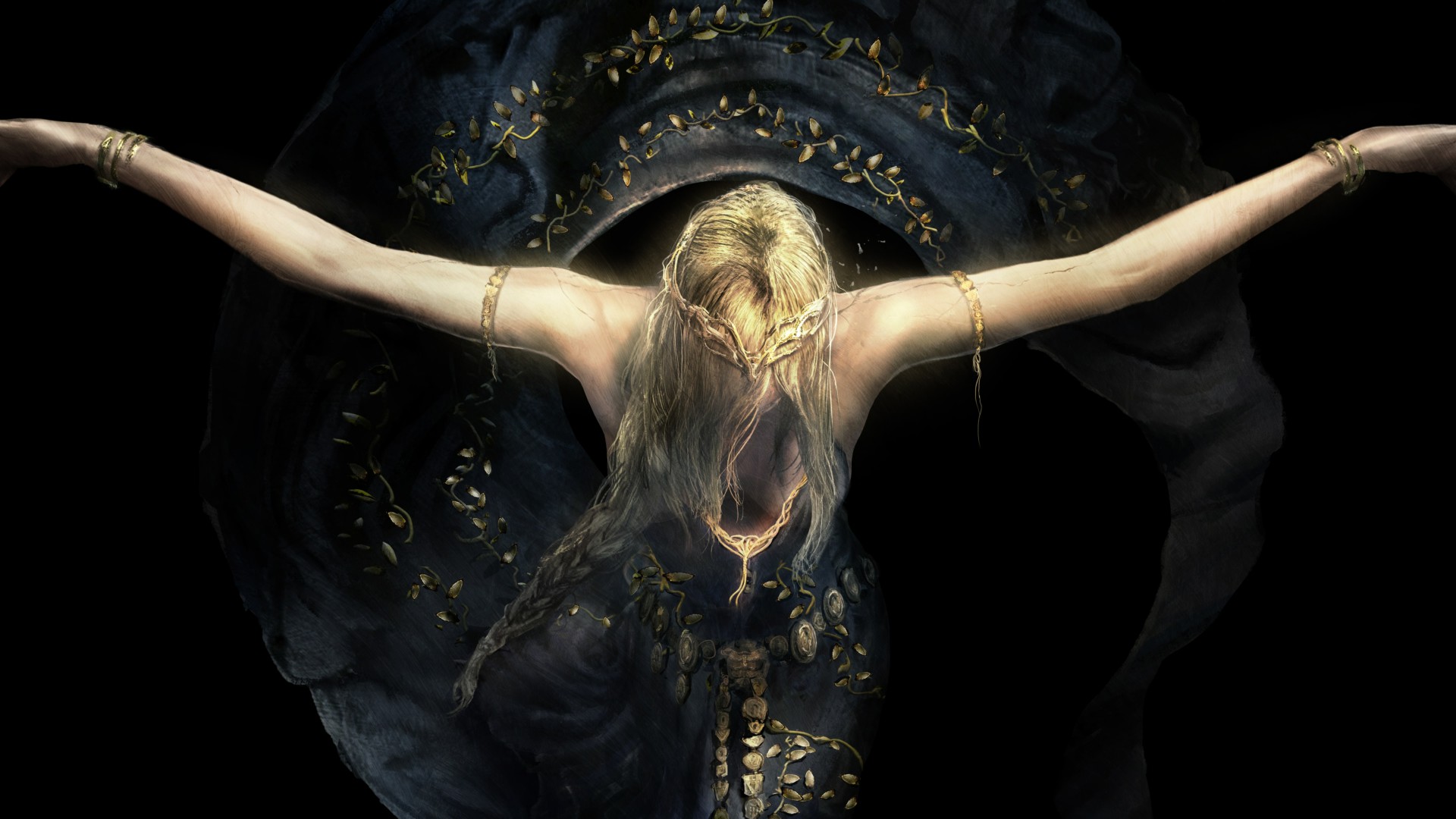
Who is Queen Marika, the Eternal?
Not much is known about Queen Marika from the start, but you'll eventually learn all about her if you follow Brother Corhyn's quest or if you listen to the turtle pope's dialogue carefully. The intro lays out that she shattered the Elden Ring and then disappeared. Nobody seems to know why she shattered the Elden Ring, but I'm sure lore obsessives will debate over this for years to come. All you need to know is that she broke it and then peaced out.
Before all of that though, Marika chose Godfrey as the first Elden Lord and had three children with him: Godwyn, Morgott, and Mohg. The names in this game are extremely confusing because they all start with the same letters, but these names are important because they're attached to characters you'll hear a lot about in the game.
What was the Night of the Black Knives?
On the Night of the Black Knives, the first demigod, Godwyn, died. Up until that point, demigods lived forever. The Night of the Black Knives was a significant moment in the history of the Lands Between because it was seemingly the first time someone directly opposed the Greater Will. You will learn a lot more about the Night of the Black Knives by following Ranni's questline to its completion, but all you need to know is that it led to all of the demigods fighting over the shards of the Elden Ring.
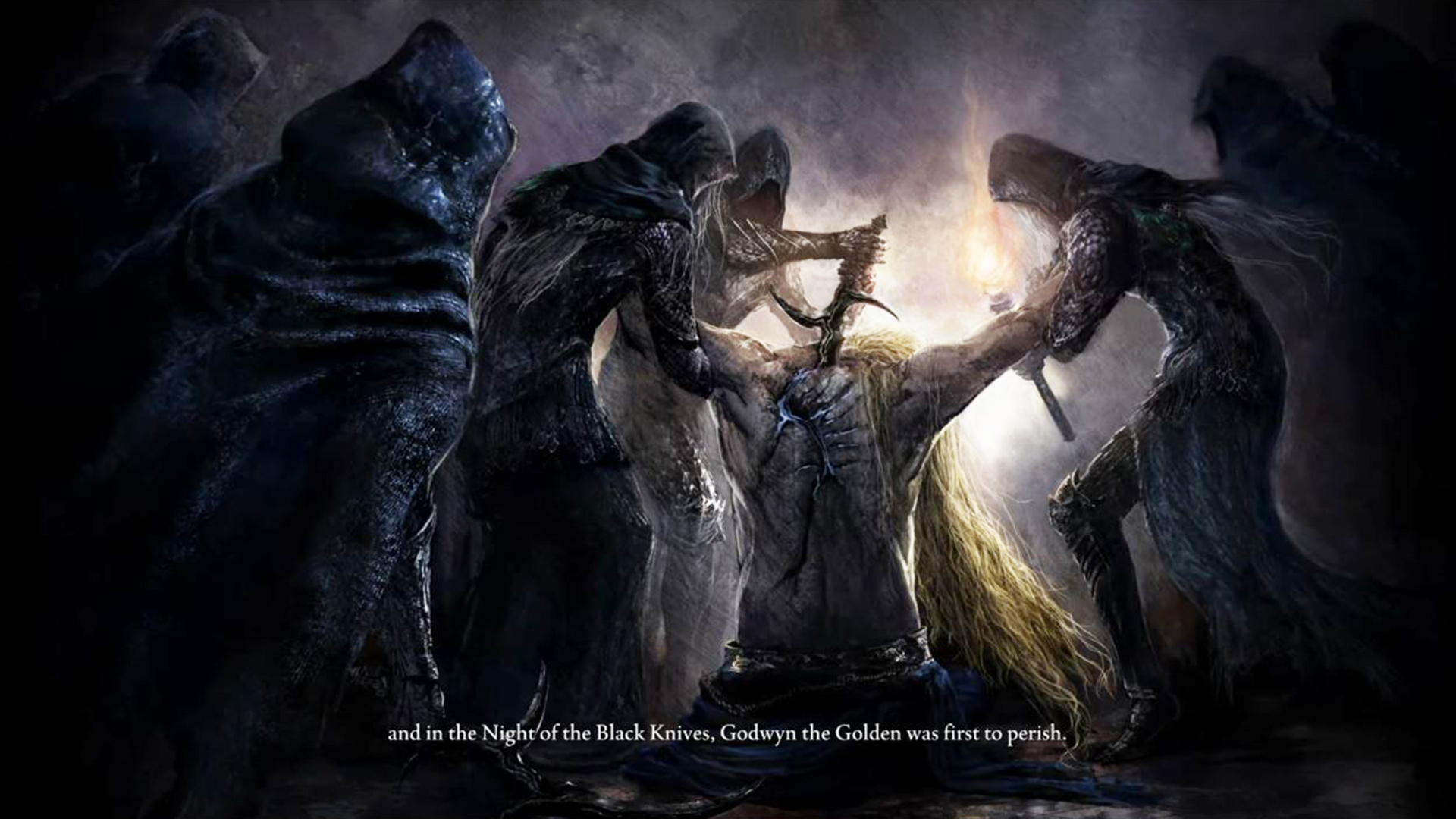
What was the Shattering?
With the newfound power from the shards of the broken Elden Ring, the demigods all fought each other. The Greater Will didn't like this and abandoned them all, which is why it eventually calls on the Tarnished to snatch the Great Runes from the demigods.
You can see remnants of the Shattering all over the place. It's why castles are crumbling, why Caelid is a red wasteland, and why all the major figures are scattered across the map.
Who are the Shardbearers?
Your initial goal in Elden Ring is to seek out the Shardbearers, which is just a confusing title for the people that hold the Great Runes that will help restore the Elden Ring. The Shardbearers include: Godrick the Grafted, Rennala, Queen of the Full Moon, General Radahn, Praetor Rykard, and Morgott the Grace-Given. All of them you'll meet in some form or another in the game. Some of them are more tied into the game's central plot than others, but each of them have a good bit of important history tied to them. Just keep in mind that these are not the only characters that have Great Runes.
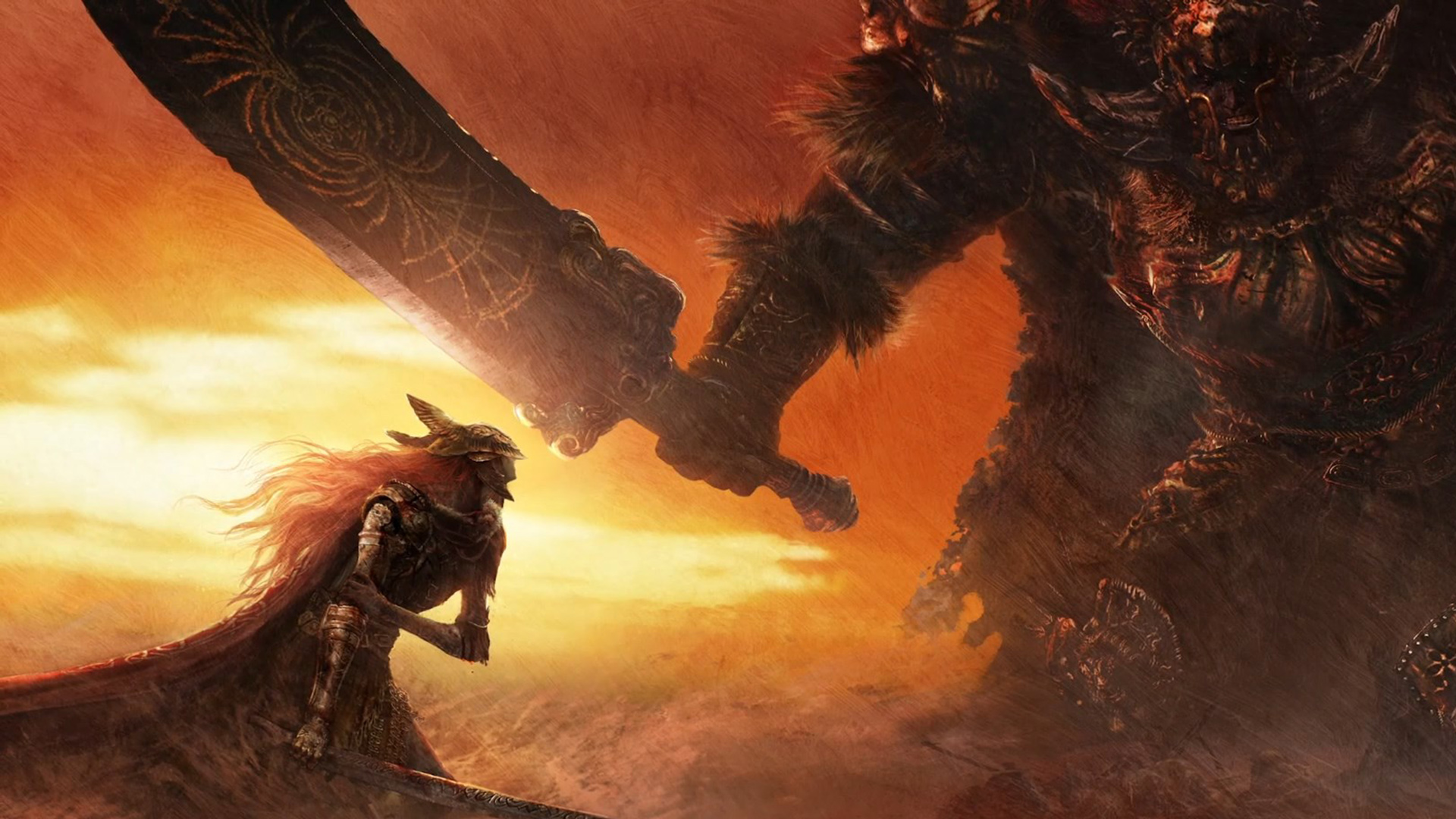
How do I keep track of the story?
My best advice for following along with Elden Ring's story is to listen carefully to dialogue and read item descriptions when you can—every sword, herb, and spell has bits of info that can fill out your understanding of different aspects of the world. My general routine is to pick an item up and read it while I'm standing nearby because it's common for items to be placed in significant locations that give context to what the description says.
You should also be incredibly skeptical of what NPCs tell you. Everyone in FromSoftware games have their own agendas and while they might not be outright lying to you, they might be telling you a very skewed version of the truth. Stay vigilant and don't let your own ideas and theories be stamped out because some dude in armor said he's fighting for the right cause. Chances are, there's a lot more going on than what you see on the surface.
Tyler has covered videogames and PC hardware for 15 years. He regularly spends time playing and reporting on games like Diablo 4, Elden Ring, Overwatch 2, and Final Fantasy 14. While his specialty is in action RPGs and MMOs, he's driven to cover all sorts of games whether they're broken, beautiful, or bizarre.

